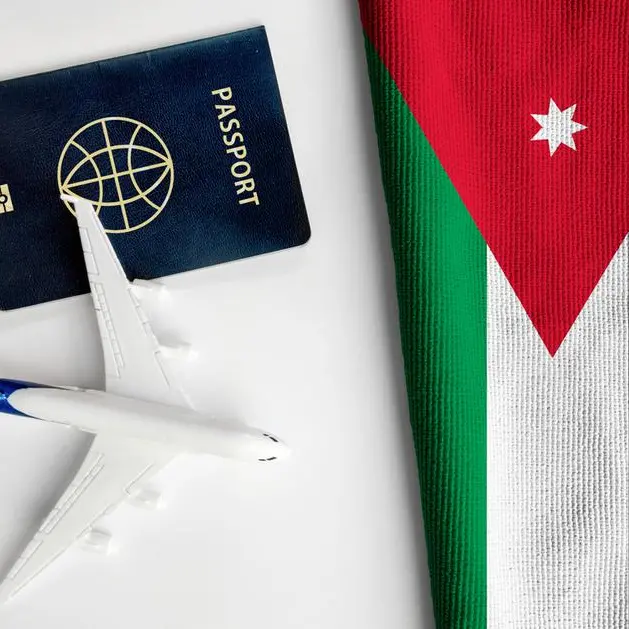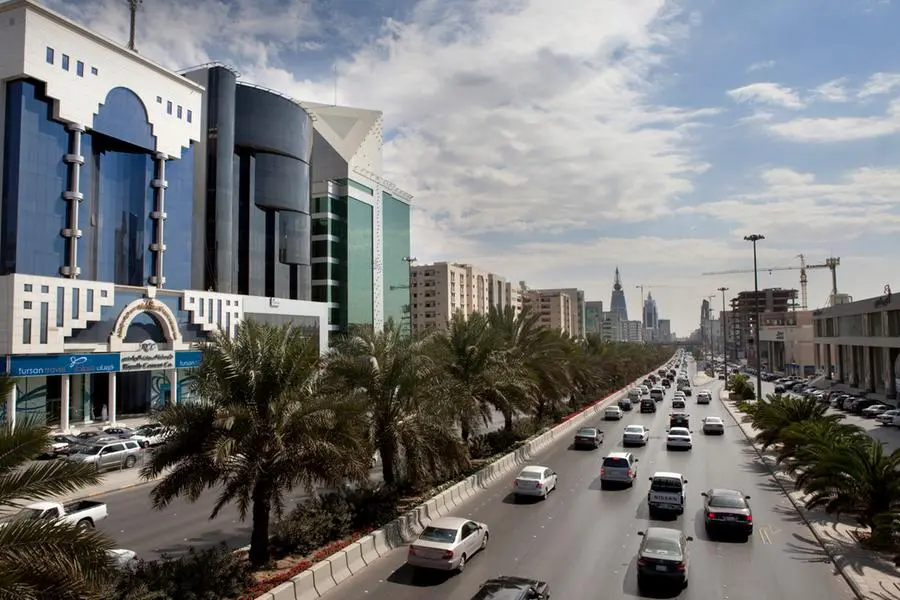PHOTO
View of Malaysia and UAE visa on an european passport. Image for illustrative purposes. Getty Images
A unified tourist visa for Gulf Cooperation Council countries has been approved and could be rolled out as early as next year, a UAE minister has said. The process to implement the visa will be discussed next month, state news agency Wam reported, quoting Abdullah bin Touq Al Marri, Minister of Economy.
As Khaleej Times reported, the game-changing Schengen-style visa was approved during a meeting of GCC ministers in Muscat. With a single visa, tourists can explore the six-member Gulf bloc – the UAE, Saudi Arabia, Bahrain, Qatar, Oman and Kuwait. Al Marri told Wam that the visa is expected to be rolled out in 2024 or 25, depending on when the rules to implement it are finalised.
Single route for tourists
Al Marri revealed that, in the next stage, the GCC governments would study a unified tourist route that connects all six countries. He said this route will be followed by foreign tourists whose stay extends for over 30 days. The UAE’s Emirates Tourism Council also discussed the preparation of the Emirati tourism route that connects all seven emirates.
As part of the Gulf Cooperation Council’s 2030 strategy, there are 837 tourist sites, of which the UAE has 399, the highest among all Gulf countries. The UAE also hosts the most number of tourism events and activities at 73 out of a total of 224 across the whole Gulf region.
As Khaleej Times reported in May 2023, Fatima Al Sairafi, Minister of Tourism in Bahrain, revealed during the Arabian Travel Market that discussions have been taking place at the ministerial level among the GCC countries for a unified single tourist visa – similar to the Schengen style.
The single GCC tourist visa is part of the Gulf Cooperation Council’s 2030 strategy to boost the tourism sector’s contribution to the gross domestic product by increasing inter-city flights and the number of hotel guests across the GCC countries.
Tourism is one of the major contributors to the UAE’s economy, accounting for 14 per cent of its GDP. “We aim to increase the contribution of this sector to 18 per cent,” said the UAE minister.
The Gulf economies have developed strong infrastructure and for the travel and tourism sector to attract foreign tourists. The region’s tourist capital, Dubai is one of the most popular tourist destinations in the world, attracting 8.55 million international overnight visitors during the first half of 2023, surpassing its pre-pandemic level.
Hoteliers and travel industry executives believe that this Schengen-style tourist visa will be a game changer not just for the sector but for the overall economies as well, creating numerous job opportunities for the citizens and residents of the region.
200%-plus growth target in tourists
The number of visitors to the Gulf countries reached 39.8 million visitors last year, a growth rate of 136.6 per cent compared to 2021, as global travel and tourism bounced back strongly after the pandemic.
The GCC countries aim to increase the number of foreign tourists by over 220 per cent to 128.7 million by 2030 as part of the 2023-2030 strategy, and this unified single visa will play a significant role in achieving the target.
Al Marri added that the Gulf countries aim to achieve a travel and tourism sector growth rate of 7 per cent per annum. It is estimated that the total value of the sector is expected to reach $185.9 billion in 2023 as compared to $171.4 billion last year, a growth of 8.5 per cent.
The UAE minister added that GCC tourist spending is expected to grow 12.8 per cent to $96.9 billion (Dh355.6 billion) by the end of 2023. The region is targeting to increase the spending of incoming tourists at 8 per cent per annum to reach $188 billion (Dh690 billion) by 2030.
Dubai’s visitors could choose from a total of 810 hotel establishments and 148,689 rooms, while the total hotel establishments reached 10,649 establishments in the GCC region by the end of the year 2022. The UAE includes 1,114 hotel establishments, ranking second in the Gulf countries after Saudi Arabia. Total number of hotel rooms in the Gulf reached 674,832 rooms.





















